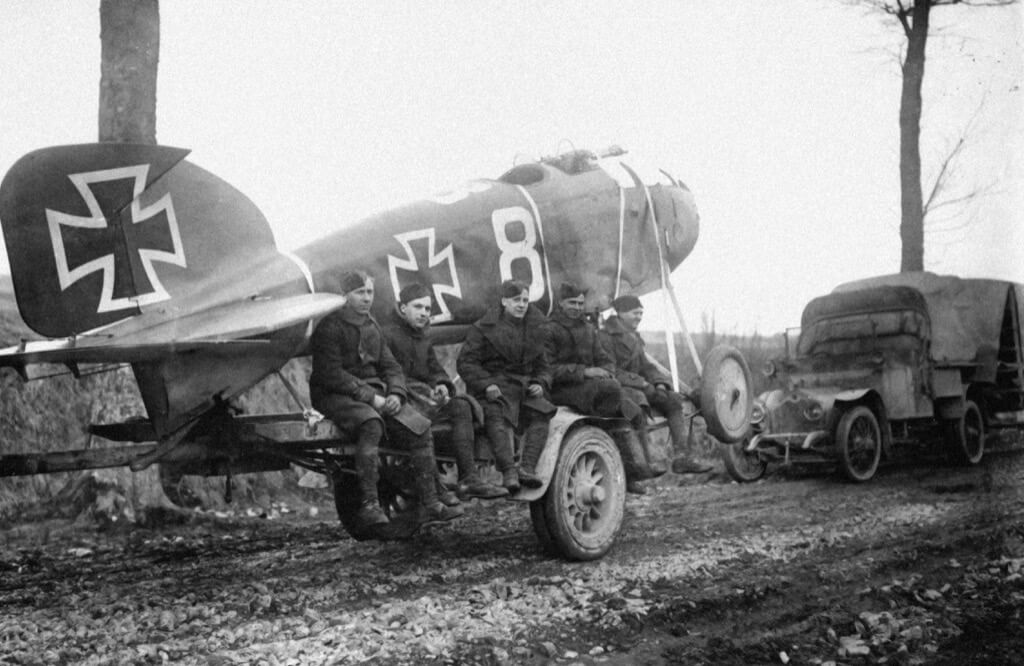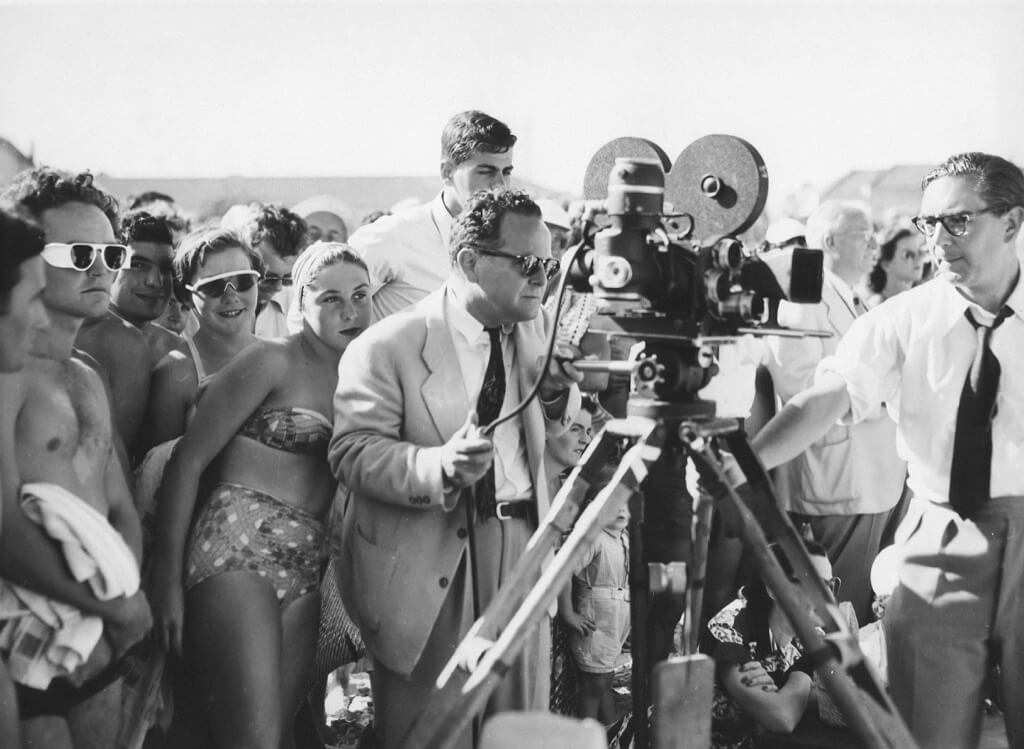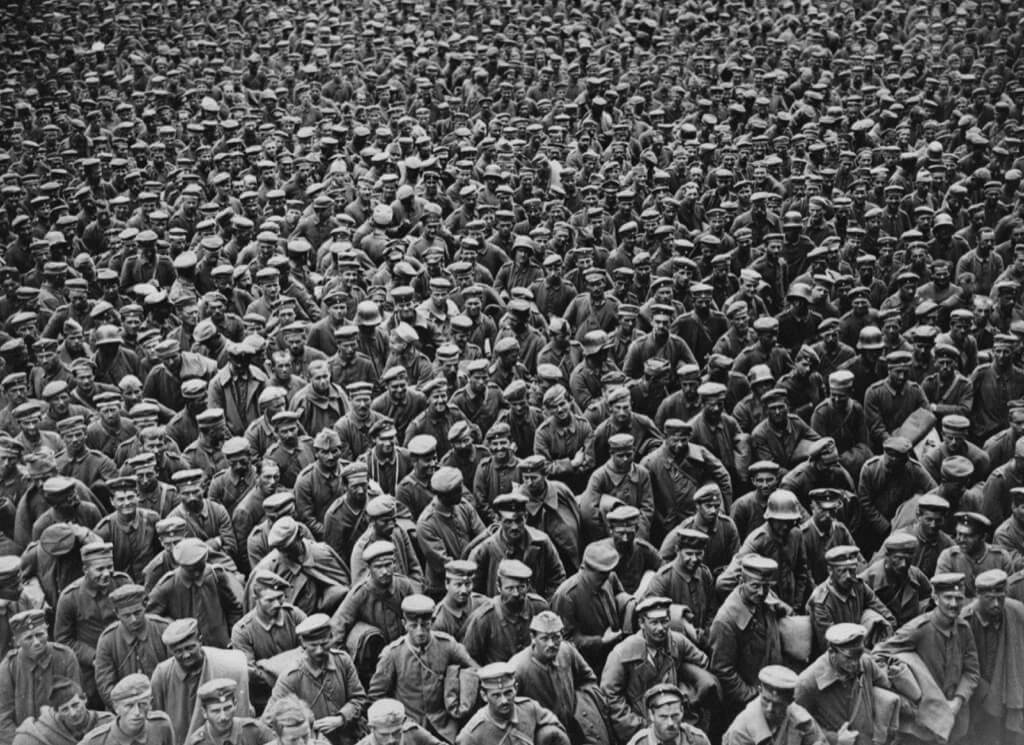There’s an adage: generals are often ready to fight the last war. That maxim resonated profoundly during the tumultuous years of the Nazi blitzkrieg across Europe from 1939 to 1941. The invincible German divisions, flanked by tanks and ground-attack planes, rendered futile decades of meticulous military planning and defensive strategies. The impenetrable French Maginot Line was either overrun or bypassed with ease. Yet, despite this awakening, some remained obstinately tethered to antiquated beliefs. Enter Winston Churchill, the Prime Minister of the United Kingdom, a man determined to birth an ambitious, colossal machine: Cultivator No. 6.
Winston Churchill, no stranger to the horrors of trench warfare, had witnessed the grim realities firsthand. His tenure as Lieutenant-Colonel with the 2nd Grenadier Guards during World War I left an indelible mark. Following the defeat of his Dardanelles campaign, he delved into the British Army, ardently seeking solutions to end the Western Front stalemate. This quest catalyzed the birth of the Landship Committee, ultimately pioneering the armored tractor, better known today as the tank.
Fast forward to September 1939, the grim specter of war loomed again as Hitler’s forces invaded Poland. Amid concerns of an imminent aerial assault on Britain, Churchill foresaw the German intentions. Despite the lull of the “Phoney War,” Churchill, then the First Lord of the Admiralty, anticipated an impending invasion of France and the Low Countries.
Churchill’s visionary mind concocted audacious plans to confront the enemy. Operation Royal Marine, a plan to deploy naval mines, and an idea to breach the formidable Siegfried Line, emerged from his strategic reverie. Envisioning a revolutionary machine to carve trenches, Churchill’s concept aimed to mitigate casualties and enable troops and tanks to navigate enemy lines. This conception wasn’t entirely novel; the concept of attacking trenches, termed “saps,” had existed. However, Churchill’s vision sought to automate this strategy.
The realization of this vision fell upon Frank Spanner, an engineer faced with the Herculean task of crafting the Cultivator. Spanner grappled with design intricacies, fashioning a tank-like machine equipped with a colossal plow and a drum cutter. Despite numerous trials and meticulous design adjustments, the Cultivator’s prototype took shape under the purview of Lincoln’s Ruston-Bucyrus Ltd.
Churchill’s zealous support saw an allocation of £1 million for the prototype’s construction. The unveiling of a working scale model in London showcased the machine’s prowess, with Churchill exuding sheer delight. His joy was palpable as the machine, resembling a child’s coffin in its case, effortlessly carved through artificial dirt.
Churchill’s relentless efforts bore fruit as an official order for 200 standard and 40 “Officer” model machines was inked. The French, initially skeptical, embarked on soil collection to pinpoint strategic deployment spots for these anticipated mechanical marvels to breach the Siegfried Line.
Technological Innovations in Warfare
The development of the Cultivator No. 6 by Winston Churchill sparks a debate about technological advancements in warfare. Critics argue that while innovation is crucial, excessive focus on singular inventions might divert resources from more effective strategies. Proponents assert that cutting-edge technology, such as automated trench-digging machines, can revolutionize warfare, reducing casualties and altering battlefield dynamics. The discourse revolves around striking a balance between investing in novel technologies like the Cultivator and traditional, proven strategies in wartime scenarios.
Strategic Efficacy of Trench Warfare
Trench warfare, once a defining feature of conflicts like World War I, has sparked debates about its relevance in modern warfare, especially with the advent of the Cultivator No. 6. Advocates argue that trench warfare’s defensive nature provides critical fortification and protection, showcasing its enduring significance. However, critics question its effectiveness in contemporary conflicts, asserting that automated trench-digging machines like the Cultivator potentially nullify the defensive advantage, challenging the necessity of entrenched positions in warfare.
Ethical Implications of Technological Warfare
The deployment of innovative machines like Cultivator No. 6 prompts discussions about the ethical implications of technological advancements in warfare. Debaters express concerns about the potential dehumanization of warfare with the introduction of autonomous, mechanized trench-digging devices. Additionally, ethical considerations arise regarding the impact on civilian populations and environmental consequences when utilizing such technology on the battlefield.
Cost-Benefit Analysis of Military Innovations
An ongoing debate revolves around the cost-effectiveness of investing in cutting-edge military inventions like the Cultivator No. 6. While proponents argue that technological advancements enhance military capabilities, critics question the allocation of substantial funds to singular projects. They argue for a comprehensive cost-benefit analysis, emphasizing the need for a balanced approach between innovation and traditional strategies in military expenditures.
Historical Significance of Innovative Projects
Discussions surrounding projects like Cultivator No. 6 delve into their historical significance within the broader context of military innovations. Advocates highlight the pivotal role of such projects in shaping military tactics and strategies. Conversely, critics question the long-term impact and effectiveness of singular inventions like the Cultivator in shaping military history, asserting that they might be overshadowed by broader strategic doctrines and technological advancements.
What Modern Warfare Has Learnt From These Battlefield Dynamics
- In the ever-evolving theater of modern warfare, the legacy of inventions such as the Cultivator No. 6 lingers as a testament to the evolution of military technology. Consider this: while automated trench-digging machines might seem antiquated, their conceptual groundwork sheds light on the trajectory of technological advancements in warcraft. The advent of unmanned vehicles, sophisticated drones, and AI-driven weaponry underscores the shift in battlefield dynamics—a landscape where precision, speed, and automation are the vanguards of warfare.
- The lessons gleaned from historical innovations like the Cultivator prompt introspection into the delicate equilibrium between innovation and strategic efficacy in modern conflict zones. As you navigate the discourse, it becomes imperative to discern the optimal balance between embracing technological novelties and preserving proven tactical doctrines. Delve into how groundbreaking innovations, although transformative, must seamlessly integrate with time-tested military strategies to optimize their impact on contemporary battlefields.
- Contemplating the implications of past inventions in today’s military context inevitably beckons considerations of ethics and humanitarian concerns. As you ponder the legacy of Cultivator No. 6, reflect on the ethical implications of deploying autonomous, mechanized weaponry in warfare. Engage in discussions surrounding the ethical responsibilities incumbent upon modern military entities, emphasizing the imperative of conducting warfare within ethical frameworks that safeguard civilian lives and adhere to international laws of engagement.
- The enduring significance of inventions like the Cultivator No. 6 lies not merely in their mechanical prowess but in the strategic insights they offer for the future. Reflect on the vital lessons extracted from historical innovations and how they inform future military doctrines. Consider how these insights might pave the way for the convergence of technological innovations with strategic imperatives, shaping a more nuanced, agile, and effective approach to modern warfare.
In this quest for innovation, Churchill’s vision, though ambitious, stood on the cusp of potential triumph or potential folly. The saga of Cultivator No. 6, a testament to human ingenuity or a cautionary tale of misplaced ambition, continues to echo through the corridors of history.




